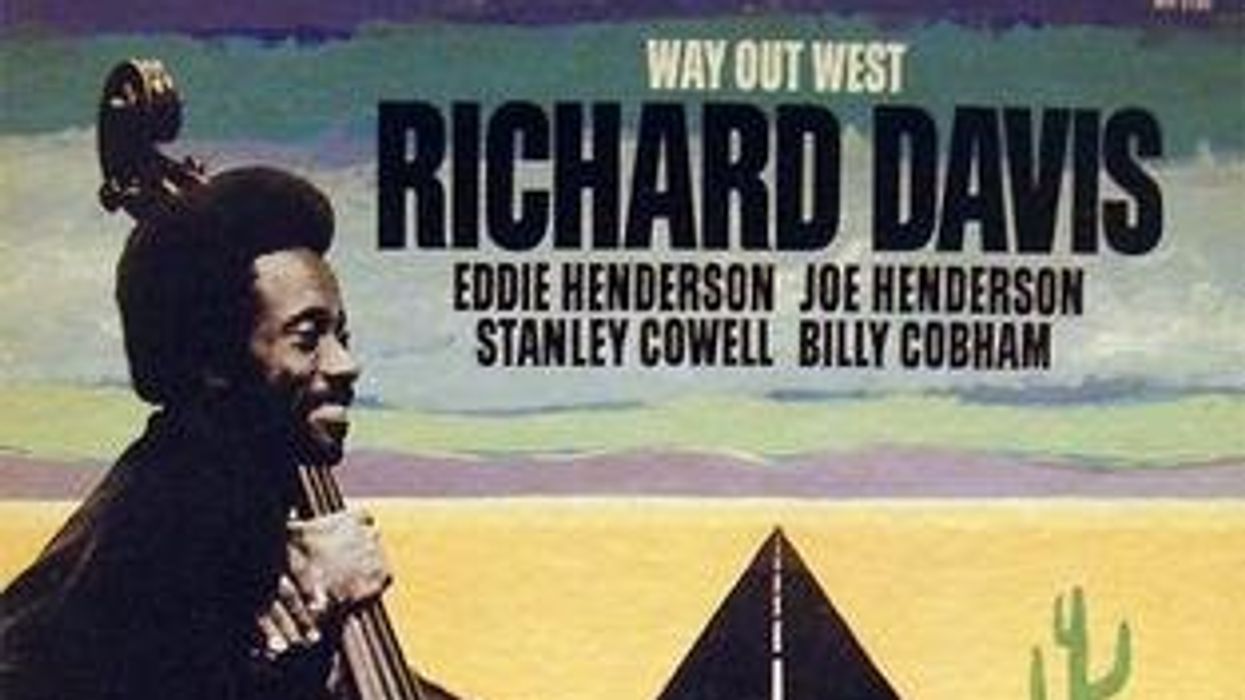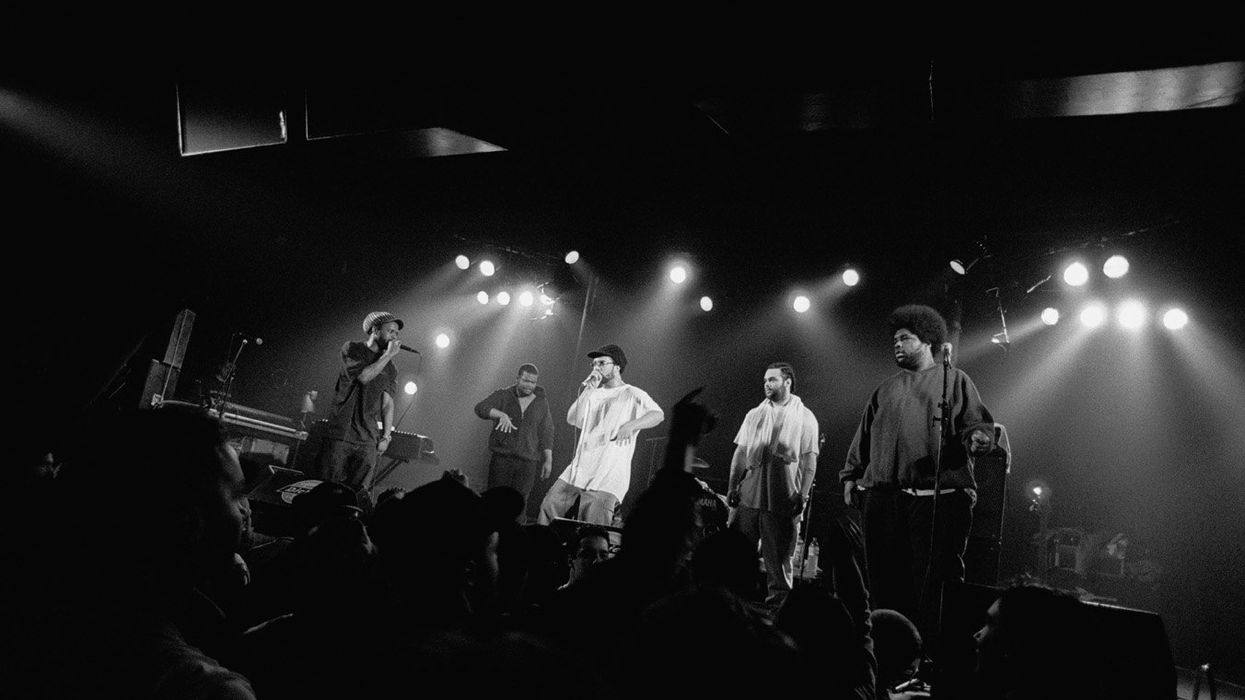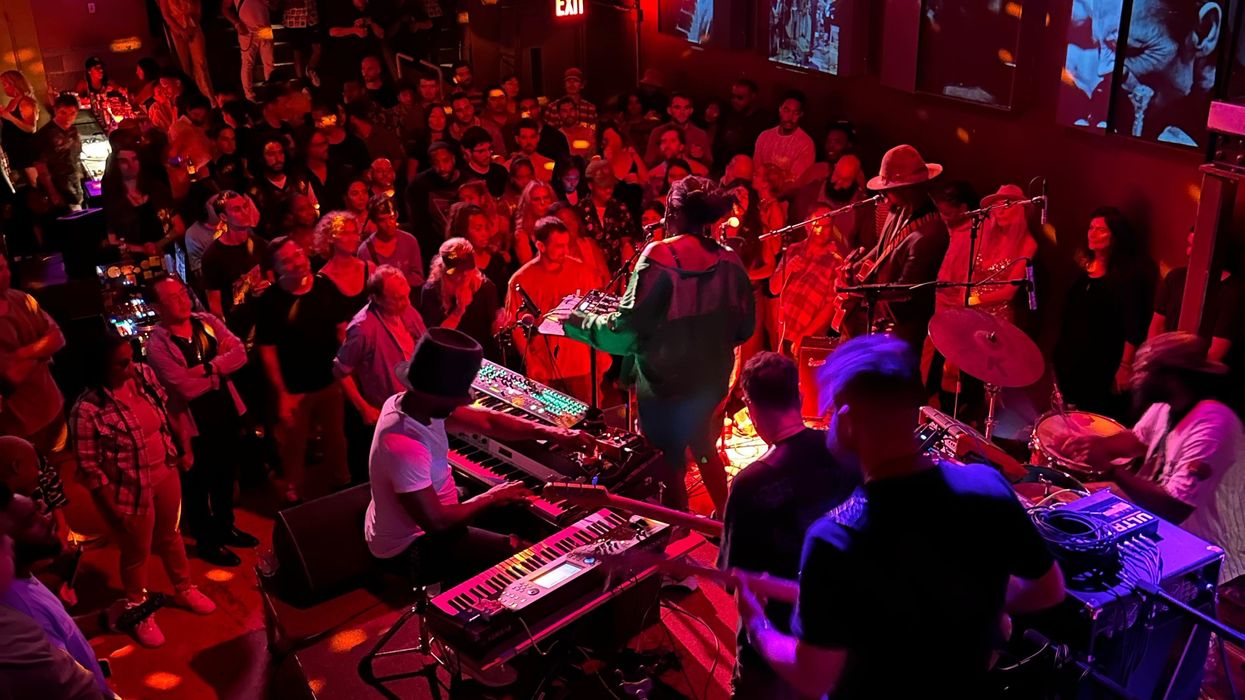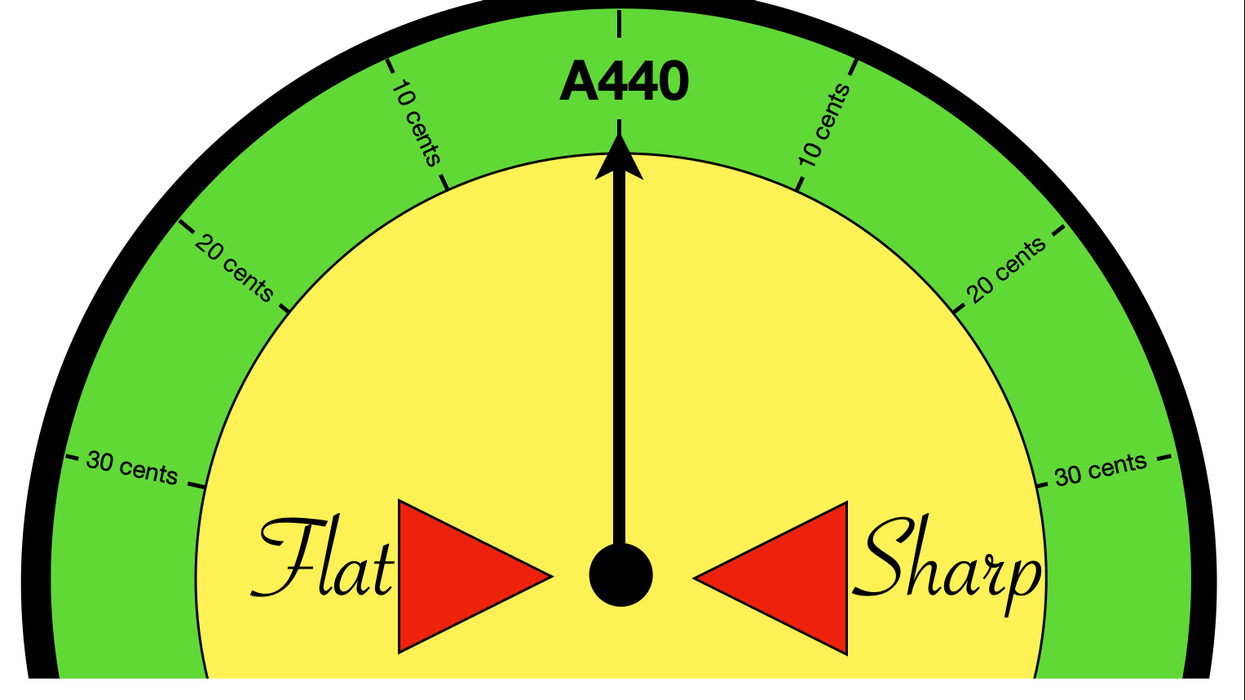Recording bass can be a challenging task. Whether we are talking about a natural, woody upright-bass tone that balances well within a jazz quartet, or a nice, round electric tone with definition and copious amounts of low end for “modern” situations, the science behind how to achieve these sounds has eluded more than a few engineers and players. As both a player and as a recording and mixing engineer, I wanted to pass on a few tips that have served me well over the years.
Get the sound you want out of the instrument and amp first. Before attempting to patch, mic, process, or record anything—listen! Making sure your instrument’s sound/signal chain is free from buzzes, ground loops, unwanted distortion, and that your amp and instrument are placed where they sound best in the room will save you lots of time and headache. Make sure that the player and engineer agree that the tone is what the song or project calls for. If you opt to record electric bass direct only (not my choice), then the above still applies, but the console and speakers are now “the amp.”
Once we have a great sound in the room, let’s look at how to capture it. Speaking with my mix hat on: I hate mixing acoustic or electric bass that is contaminated with “bleed” (leakage from other instruments in the room). Too much bleed makes it difficult to do post EQ, compression, level adjustments, automation, or correctional edits. Yes, yes … Blue Note, Motown, Stax Records, yada, yada—I love them all too! But here, I’m talking about great sounding modern recordings and mixes. In short, try to get as isolated a signal as possible, even if this means putting your amp in a remote location. I have mine set up on the third floor, while my studio is in the basement. If you’re recording acoustic bass, then either use an isolation booth or very good baffles and mic placement to minimize bleed.
A little compression allows for a more even tone throughout the bass’s range, and can even tighten a good performance, without really being noticeable.
With acoustic bass, I use two mics—one over the lower fingerboard (where the player plucks the strings) and one over the soundhole beside the bridge. My favorites are the AKG C12 (fingerboard) and the Neumann U47 (soundhole). There are many generic mic choices. Experiment with smaller diaphragm mics for the fingerboard and larger diaphragm mics for the soundhole, six to eight inches away from the instrument. With electric, I use a single mic (U47 usually) and a good quality DI (direct injection) such as the Avalon V5. If you don’t have a great DI, then use the DI-out on the player’s amp.
Some mic pres are more bass-friendly than others. I’m a fan of ’70s Neves like the 1073, 1081, and others. Neves have phenomenal EQ, mic pres, and DIs. I’ve also had great success with Avalon’s all-tube VT-737sp—a great mic pre with an amazing optical compressor, EQ, and a very nice DI. After the pres, I put both signals (mic+mic or mic+DI) through some sort of light compression or limiting. My favorites are either LA2A- or 1176-type compressors. Untreated, low notes are quite a bit louder than those throughout the rest of the instrument. A little compression allows for a more even tone throughout the bass’s range, and can even tighten a good performance, without really being noticeable. This also allows us to get more signal on each track without overloading.
For recording, my approach to equalization is mostly corrective. I usually don’t “print” EQ unless the instrument tone, the mic choice, mic placement, or room sound are problematic. I like to leave the mix engineer with options by not over-compressing or EQing the bass sound as I record. With that said, if you happen to have a Pultec, then throw it on there. Even with nothing boosted or cut, it does wonders for bass. My goal is a great-sounding bass track that uses the entire dynamic range available without ever clipping. If you don’t have access to vintage gear, check out new stuff by Golden Age, Heritage Audio, or even software plugins by UAD (their emulations are exceptional).
Pay attention to phase. You’ll probably need to reverse phase on either the DI or your second mic to defeat phase cancelation (two very similar signals canceling each other out). I usually match the level of both signals and then reverse the phase on one to see if the sound becomes clearer/more defined. Sometimes (rarely), the mic or DI are dissimilar enough to not need it, but I always check.
Room vs. instrument: For me, a good instrument tone involves some of the sound from a good room. This adds depth and dimension, while the DI (electric) or fingerboard mic (acoustic) adds definition. Play with the mic placement and/or the balance of the two signals until it sounds good. My particular ethos is that whatever I record needs to sound great before the mix.
Happy recording!


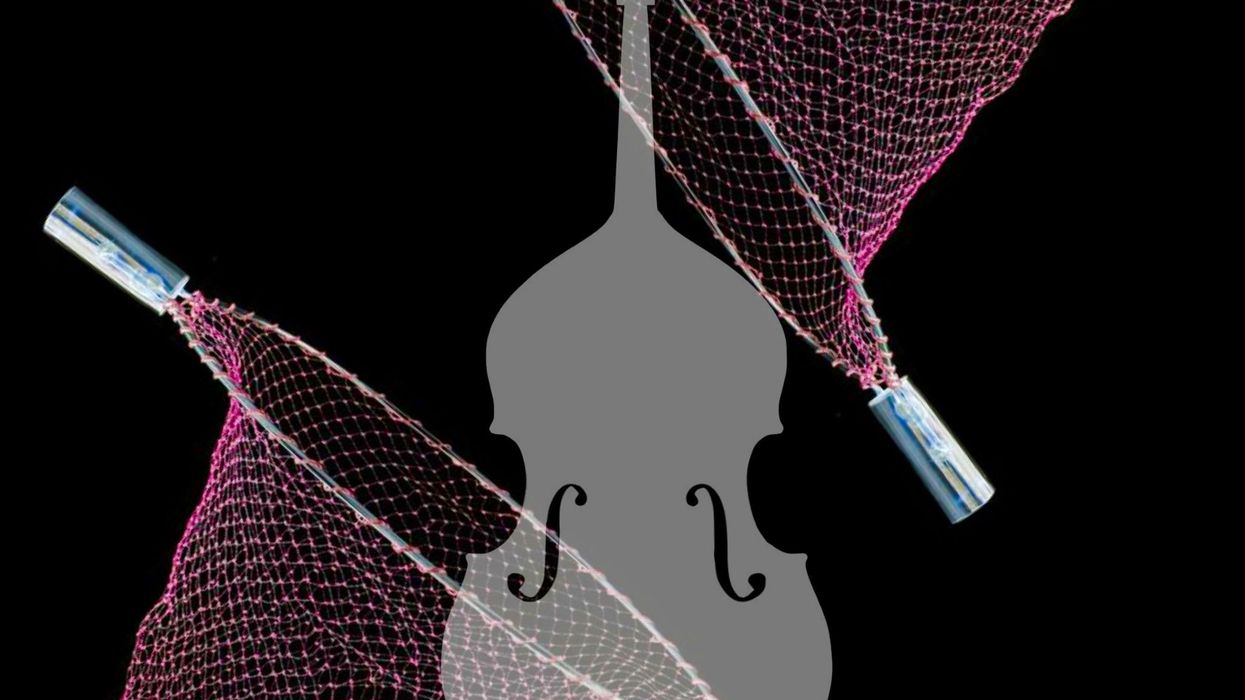


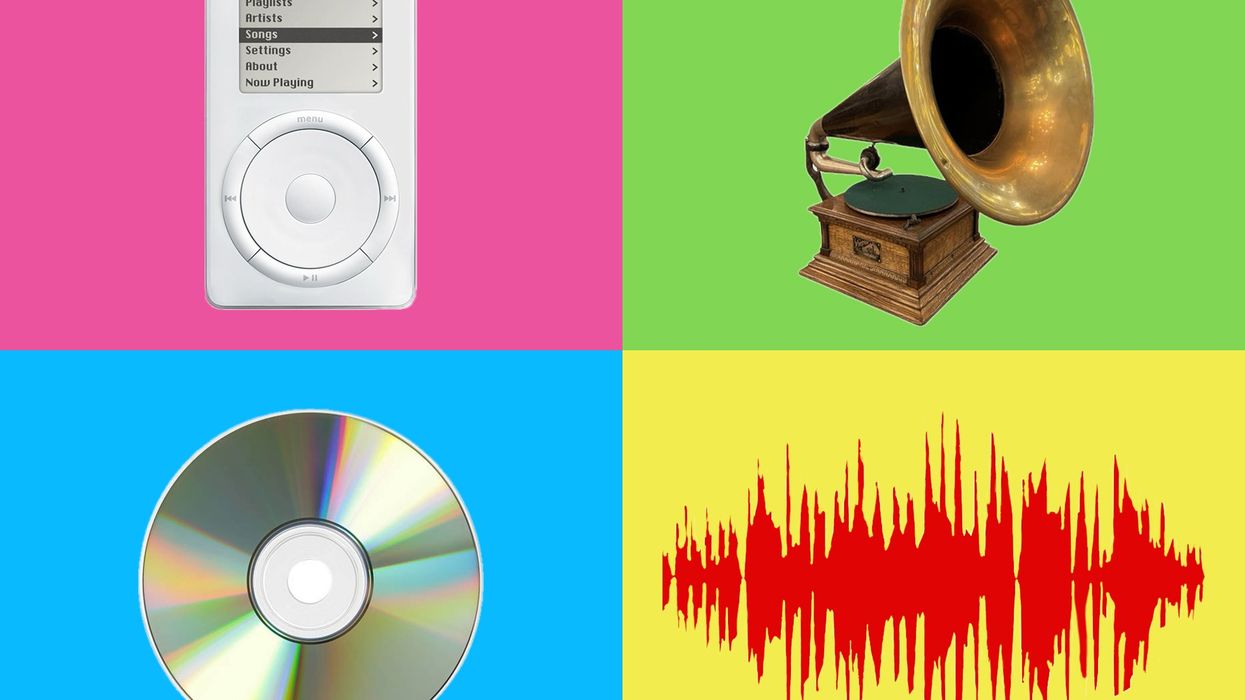
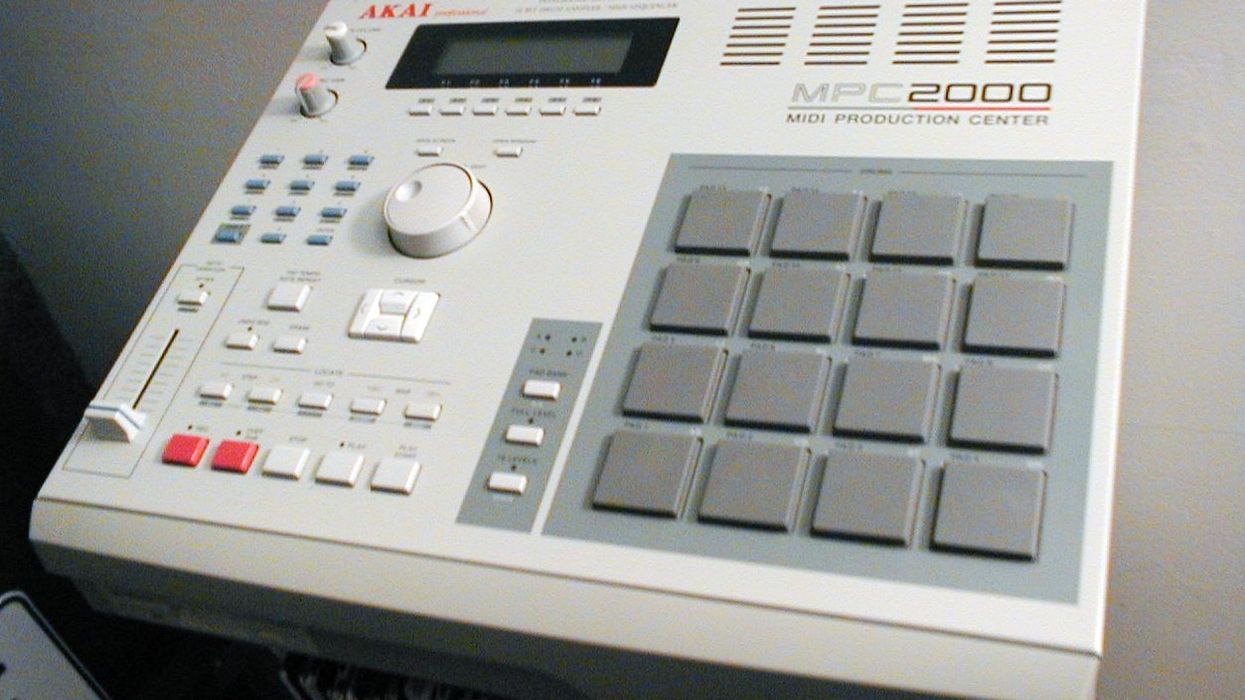
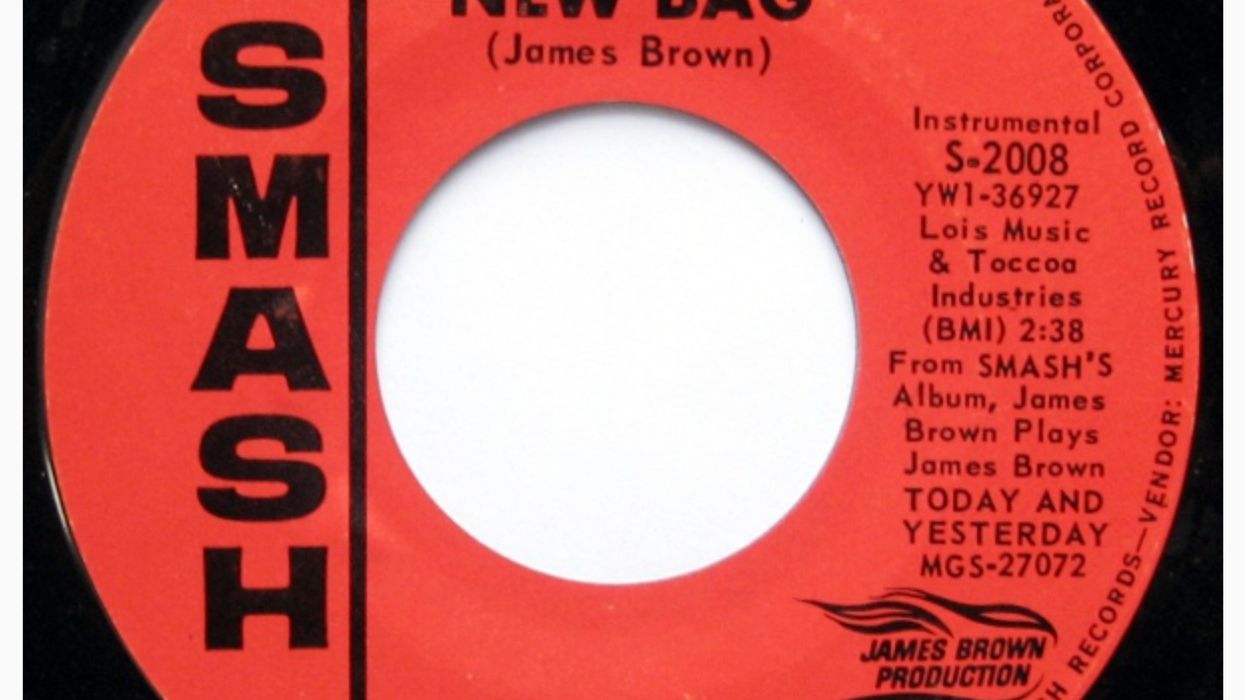
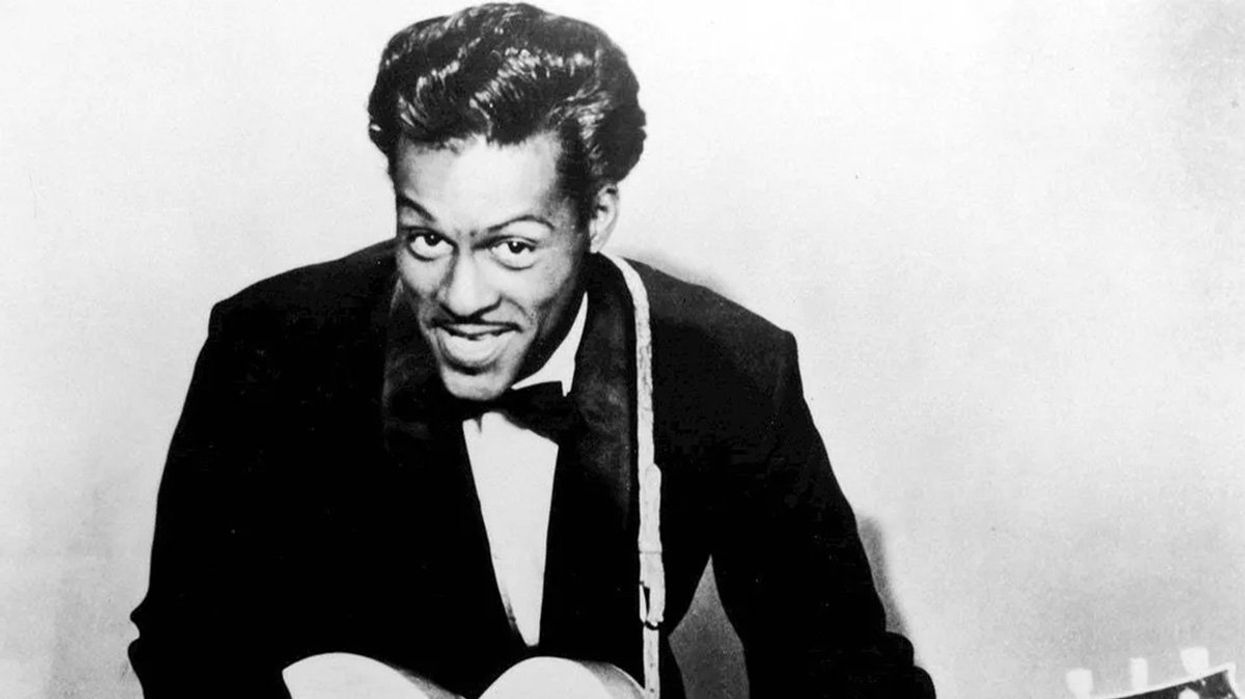



![Rig Rundown: Russian Circles’ Mike Sullivan [2025]](https://www.premierguitar.com/media-library/youtube.jpg?id=62303631&width=1245&height=700&quality=70&coordinates=0%2C0%2C0%2C0)


